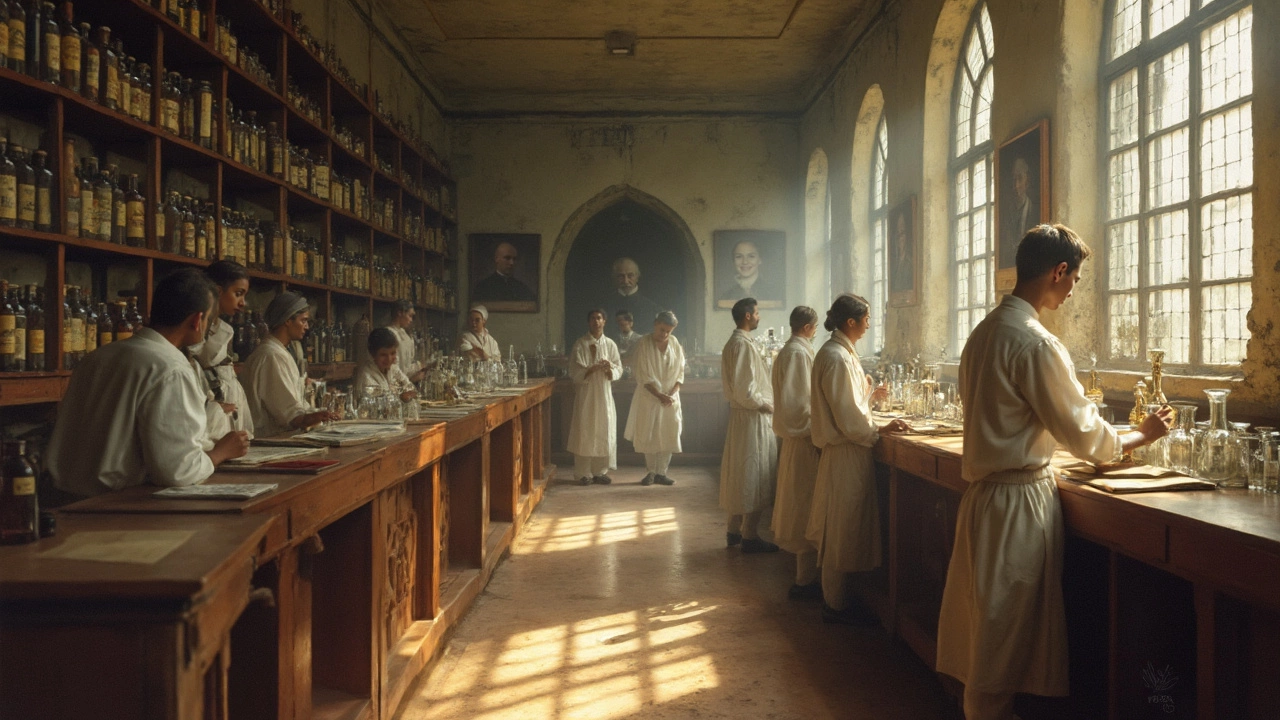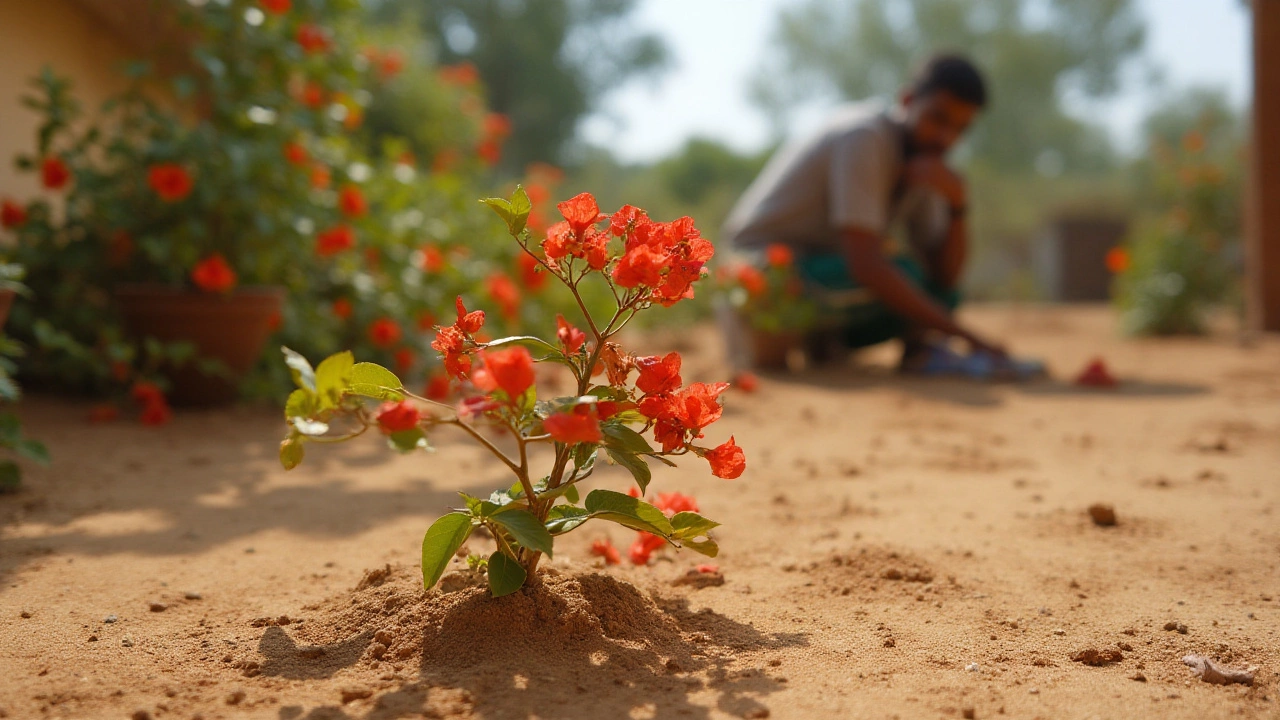Chlorine
When you hear chlorine, a pale‑green gas (Cl) that kills microbes, bleaches, and forms plastics, you probably think of pool water or white laundry. Also called bleach, it is a versatile chemical that shows up in everything from drinking water to construction material. Pair it with water treatment, processes that make water safe for drinking and irrigation and you get a reliable way to destroy harmful bacteria. Mix it into PVC, polyvinyl chloride, a durable plastic used for pipes, window frames, and medical tubing and you get a material that can survive harsh weather and aggressive chemicals. In short, chlorine is the glue that holds together modern sanitation, manufacturing, and even some farming practices.
Key Applications of Chlorine
One of the biggest jobs for chlorine is as a disinfectant, an agent that destroys viruses, bacteria, and fungi on surfaces and in liquids. Municipal water plants dose water with a measured amount of chlorine to keep it safe from cholera, typhoid, and other water‑borne diseases. The same principle applies to food processing plants, hospitals, and even your kitchen sink. The chemistry is simple: chlorine reacts with organic matter, breaking down cell walls and inactivating pathogens. That safety net lets billions of people drink clean water every day. In the manufacturing world, chlorine’s role in creating PVC is a cornerstone of the plastics industry. By reacting ethylene with chlorine, producers form vinyl chloride monomer, which polymerizes into PVC. This material is cheap, fire‑resistant, and easy to shape, making it ideal for piping, cable insulation, and even window frames that last decades. The demand for PVC continues to rise, especially in emerging markets where infrastructure expansion needs reliable, low‑cost materials. Agriculture also leans on chlorine‑based compounds, though the conversation is more nuanced. Some herbicides and pesticides contain chlorine atoms that help control weeds and insects without harming the crop itself. At the same time, overuse can lead to soil salinity issues, so farmers balance the benefits with careful monitoring. Understanding how chlorine interacts with plant biology helps optimise yields while protecting the environment. Across these sectors, safety protocols are non‑negotiable. Chlorine gas is toxic at high concentrations, so workers wear protective gear, and facilities install scrubbers and alarms. Proper storage—cool, ventilated spaces away from combustible materials—prevents accidental releases. For consumers, following dosage instructions for household bleach or pool chlorine ensures effectiveness without harmful side effects. The thread that ties these examples together is the need for controlled, responsible use. Whether you’re a municipal engineer, a plastic‑factory manager, or a farmer, the principles stay the same: accurate dosing, regular monitoring, and respect for chlorine’s power. This mindset keeps water safe, products durable, and crops productive. Below you’ll find a curated set of articles that dig deeper into each of these areas. From tips on safe handling to the latest trends in PVC recycling, the collection offers practical advice and real‑world case studies you can apply right away.
Is Tap Water OK for Plants? Know What You're Pouring
Ever wondered if your tap water is hurting your indoor plants? This article breaks down what’s really in that glass you pour for your leafy friends and how it can affect them. Get practical tips for making tap water safer for your greens, learn about the minerals and chemicals that could stress your plants, and pick up hacks for when bottled water just isn’t an option. If you love houseplants and want them to thrive, you’ll want to know the real deal about tap water.
- manufacturing
- India
- food processing
- garden tips
- rice cultivation
- government schemes
- balcony garden
- urban gardening
- balcony gardening
- profitable business
- business ideas
- plastic manufacturing
- drip irrigation
- plant care
- steel manufacturing
- sustainable gardening
- startup ideas
- steel industry
- flower gardening
- textile manufacturers






